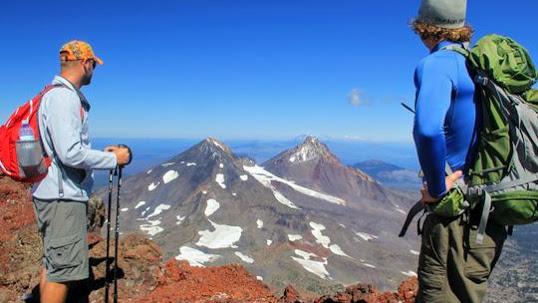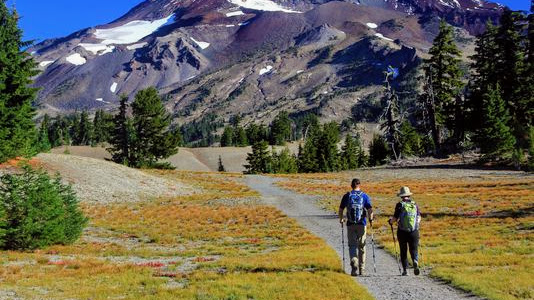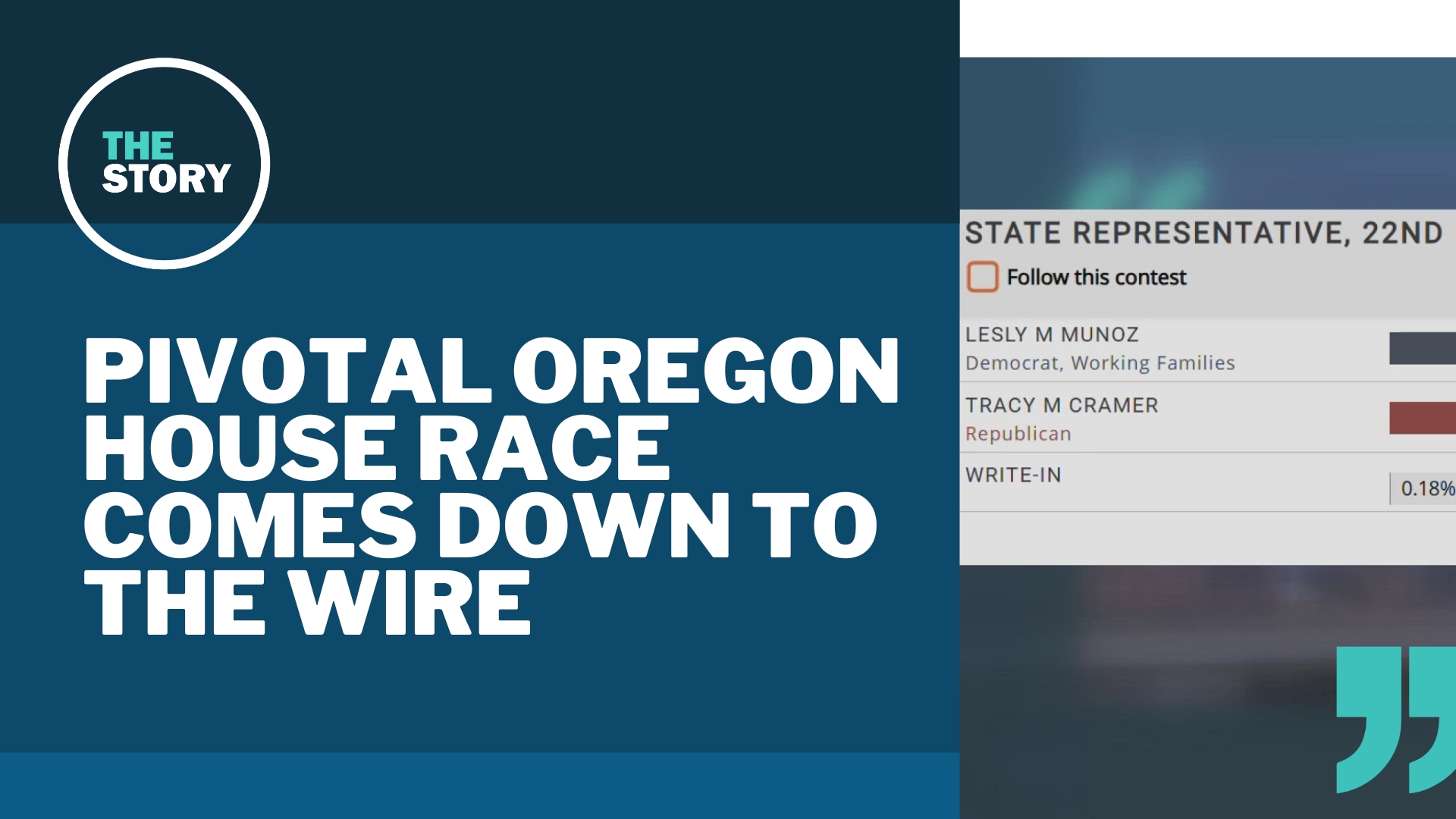News that the U.S. Forest Service is proposing a way to limit the number of people entering Oregon’s wilderness areas didn’t come as a major surprise.
As the number of people hiking and camping in Oregon’s outdoors has skyrocketed, wilderness areas, often in fragile alpine environments, have been particularly hard-hit.
What did surprise many was the scope of a plan announced this month by Willamette and Deschutes national forests. They propose a system that would require a permit to hike or backpack in the Mount Jefferson, Mount Washington, Three Sisters, Diamond Peak and Waldo Lake wilderness areas.
The goal is to limit crowds and damage by restricting numbers, officials said. But it would also represent a fundamental change in a state that, for the most part, allows people to recreate as they please on public lands.
Reaction to the news was mixed. Many who’ve watched places such as Jefferson Park and Green Lakes Basin get trampled were supportive of the proposal.
“While it’s frustrating that it’s reached this point, I feel it is time for limited entry permit system in these areas,” Salem photographer Jeff Green said. “I feel user experience will vastly improve with less shoulder-to-shoulder crowds and all the human impact and garbage that comes with it.”
But many pushed back against fees associated with the proposal. The cost of a permit would range from $6 to $12, officials said.
“The permits are overpriced and there is little control over the system,” said Matt Reeder, author of “101 Hikes in the Majestic Mount Jefferson Region.” “It is disappointing to see a permit to access a public area cost $12, all for the privilege of hiking on public property.”

Hunters were happy they would be exempt from the permit requirement after purchasing a tag.
But others worried about how an agency with limited on-the-ground resources could enforce the permit requirement over almost half a million acres.
“If the Forest Service institutes this policy, they should be prepared to enforce it or else it will be totally useless,” said photographer and hiker Greg Lief.
Environmental groups said the episode demonstrated that Oregon needs more wilderness areas.
"It's supply and demand and Oregon has very little protected wilderness,” said Erik Fernandez, wilderness program manager for Oregon Wild. “Oregonians love to visit our amazing wilderness areas. Until our elected leaders step up and protect more, this trend isn't going to go away.”
Zach Urness has been an outdoors writer, photographer and videographer in Oregon for nine years. He is the author of the book “Hiking Southern Oregon” and can be reached at zurness@StatesmanJournal.com or (503) 399-6801. Find him on Twitter at @ZachsORoutdoors.


